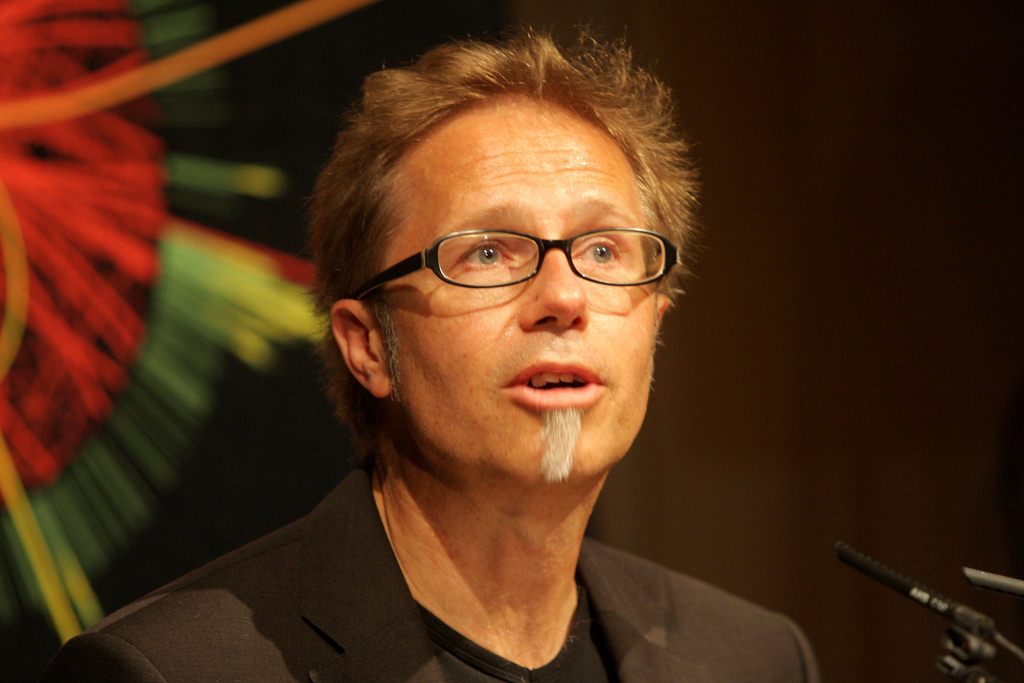
What’s a scientist doing, mingling with the artists, and trying to blend in with a group that some consider at the antipodes to his own tribe? An opposition characterized by rationality vs. instinct, by thought vs. emotion?
Not so fast… C.P. Snow had it wrong at a fundamental level: the two cultures permeate each other; in their approach to the work, in the execution of the work, and in reflection about the work. And so having a scientist in an art jury might even add an unexpected emotional and instinctive contribution to the decision process. After all, if I can’t do an experiment to determine the worth of each proposed concept, nor analyze its internal mathematical consistency, I’ll have to rely on my impressions of the work, on how it fits into my knowledge of the landscape, on how bold I find it, whether it explores new concepts and opens new vistas, and finally whether it satisfies my intellectual and aesthetic requirements. And this mix of rational and aesthetic judgment is even more perfectly matched to topics sitting on the divide between art and science, and which dine at both tables, while attempting not to sit between chairs.
The topics of the competition – energy, mobility, access – are central to our future, and have been the focus of many academic studies, but to match the size of the challenge will require thinking outside of the box. The world has been changing forever, only it’s doing it faster and faster, and we are caught up in change whose rate of change itself is accelerating. With change come consequences, and with consequences further change. Science and technology are both part of the motor and – together with art – part of the tools with which the changes can be looked at, reflected upon, understood and perhaps even corrected.
Looking at some of the most pressing concerns of humanity as a whole does not have a very long history, and having artists and scientists being among the first to seriously examine these is hardly a surprise: the best of both tend to explore unknown territories. And equally unsurprisingly, both often bring back reports of monsters.
I hope to see such monsters among the projects, half glimpsed constructions, raw in the telling and unbelievable animals with the feet of a duck, the horn of a narwale, the tail of a horse. Will the concepts work? Who can tell at this stage. But they are an essential part of thinking about how we will shape the future. And how the future is shaping us.
Michael Doser is a Senior research physicist, Physics Department CERN
1978-1983: ETHZ, Zürich (CH) – Diploma in Physics
1983-1988: Univ. Zürich (CH) – PhD in Particle Physics
1988-1991: Research Assistant at KEK, Japan
1991-1993: Research Fellow at CERN
1993-present: Staff position as Research Physicist at CERN
1997-1998: Sabbatical at SLAC, Stanford University, California
2006-2008: Deputy Department Head, Physics Department, CERN
Membership in International Advisory Committees and Editorial Boards: Member of the SPSC (CERN); Member of the INTC (CERN); editor of Review of Particle Properties (since 1998); editor of Physics Letters B (since 2003); Member of OECD Global science forum on nuclear physics; member of the Cultural policy board, CERN 2011-2013